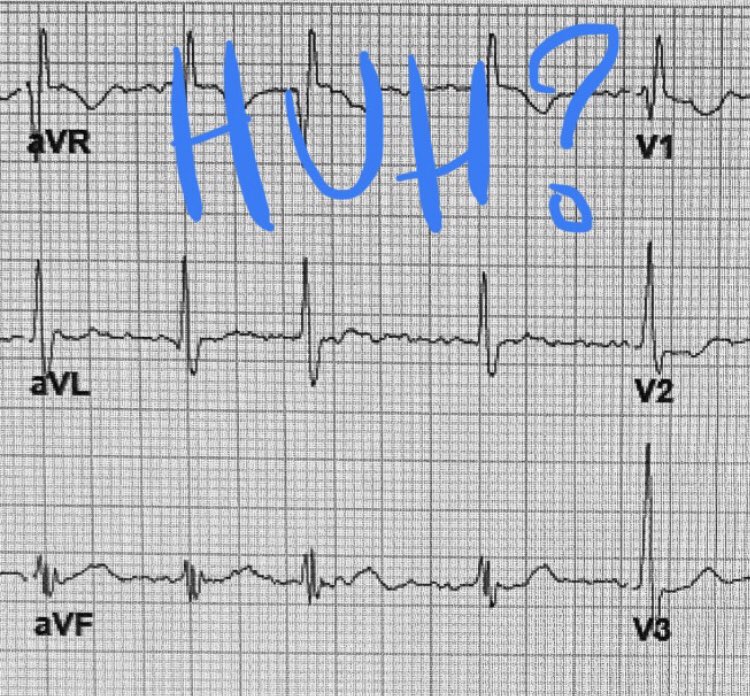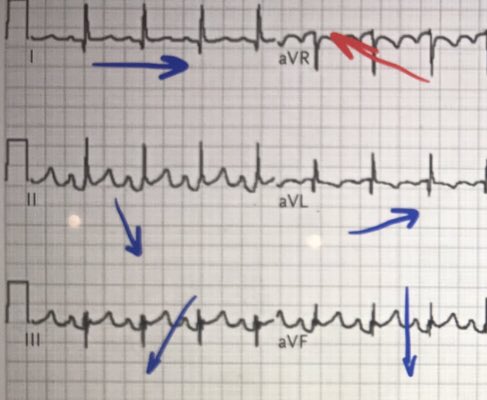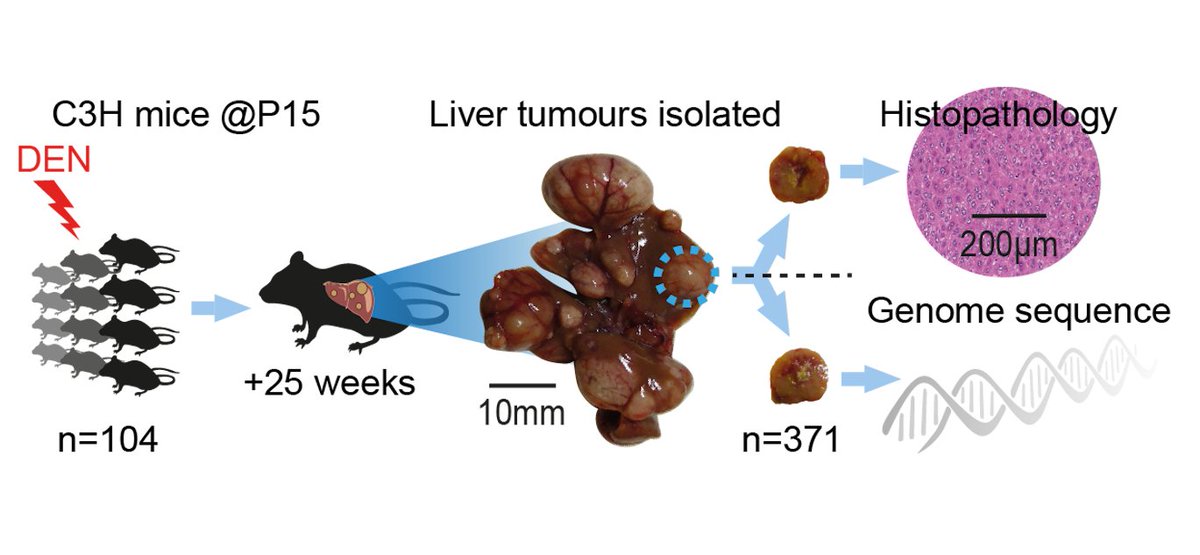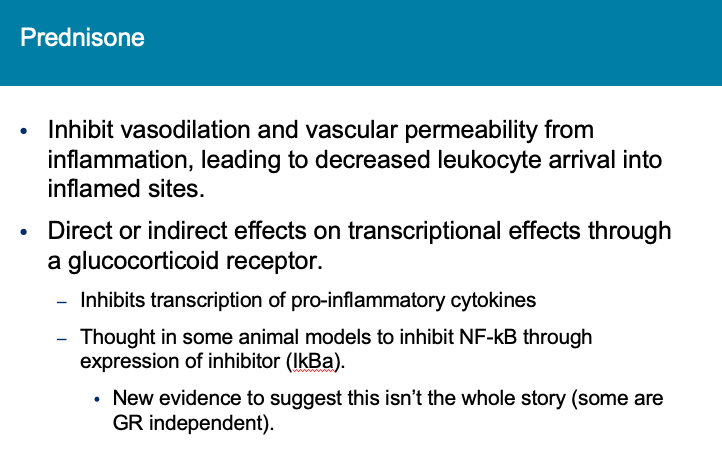Many seem to ignore it.
Others get really excited and start saying scary things about the left main coronary.
Let’s try to demystify.
#Tweetorial 1/

aVR STE = often reflection of “everything-else” STD.
aVR STD = often reflection of “everything-else” STE.
3/
You don’t see many ECGs like that because acute complete LM occlusion = code.
4/
- a SUB-total occlusion ACS of LM or proximal LAD could do it
- but so could non-ACS-related supply/demand mismatch e.g. hypotension, rapid arrhythmia, stress test, etc
6/
bit.ly/2mzvWQB
8/
Why is the ST segment in III often isoelectric or even elevated in diffuse subendocarial ischemia?
Rightward direction of III makes it reflect reciprocal currents from lateral wall in addition to showing the inferior wall.
9/
Most of the time when I see non-cardiologists focusing/relying on aVR to make a diagnosis, they’re not looking hard enough at the other leads.
11/


















